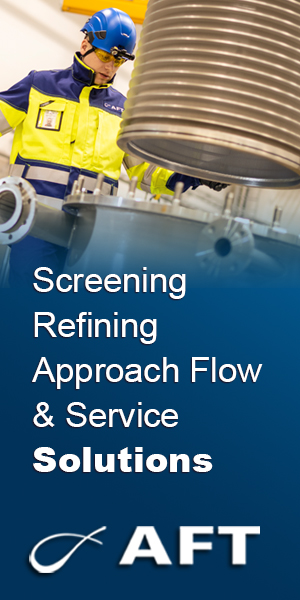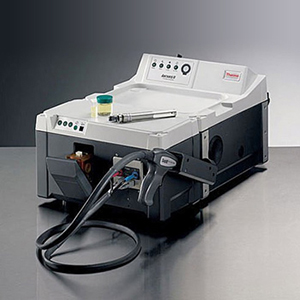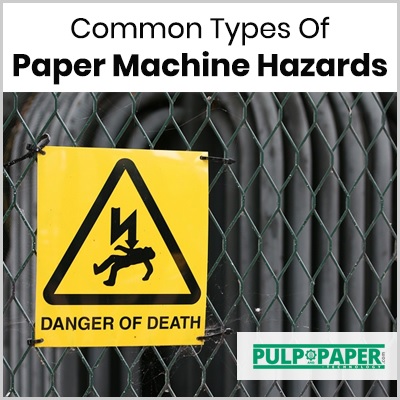How to Choose the Right Industrial Binding Machine?

Introduction:
Selecting the right industrial binding machine is a pivotal decision for businesses and organizations that rely on efficient document management. The choice between wire, comb, coil, or thermal binding methods, among others, depends on the specific needs and preferences of the user. The decision-making process involves considering factors such as binding capacity, document size, and ease of use, durability, and additional features. This guide aims to provide a comprehensive overview of the key considerations to help individuals and businesses make informed decisions when choosing an industrial binding machine.
Factors to Consider:
Binding Type:
The choice of binding type is a pivotal decision in selecting an industrial binding machine. Wire binding provides a professional and durable finish, ideal for documents that need to lay flat. Comb binding is cost-effective and allows for easy edits, while coil binding offers a 360-degree rotation for flat pages and a modern appearance. Thermal binding, using heat, provides a clean and professional look. Understanding these characteristics enables users to align their choices with the specific needs and presentation requirements of their documents.
| Read More: Optimizing Printing & Binding in Pulp & Paper: Efficiency & Quality |
Binding Capacity:
Binding capacity is a critical factor in selecting an industrial binding machine. It involves assessing the machine's capability to handle the average thickness of documents that will undergo the binding process. By ensuring that the machine's binding capacity aligns with the typical document thickness, users can prevent inefficiencies and interruptions, promoting a seamless and uninterrupted binding process.
Document Size:
Consideration of document size is paramount when choosing an industrial binding machine. It involves aligning the machine's capabilities with the typical sizes of documents used in daily operations. Whether dealing with standard letter, legal, or custom sizes, it is crucial that the chosen binding machine can accommodate the desired formats. This ensures seamless operations and efficient document binding tailored to specific size requirements.
Ease of Use:
The ease of use is a crucial aspect in the selection of an industrial binding machine. User-friendly features significantly contribute to the overall efficiency of the binding process. Machines with adjustable guides, straightforward loading mechanisms, and clear control panels simplify the operation, thereby reducing the learning curve for users. This ensures a smoother and more accessible binding experience, enhancing productivity and user satisfaction.
Speed and Volume:
Considering the speed and volume of binding operations is pivotal, especially in high-demand environments. Selecting a machine that aligns with the required output is crucial for ensuring smooth and timely document production. This consideration directly impacts workflow efficiency and helps meet the demands of fast-paced industrial settings, enhancing overall productivity in the document binding process.
Durability:
Durability is a key factor in choosing an industrial binding machine, as it directly influences longevity and reliability. Opting for machines constructed from robust materials is crucial, particularly for those expecting frequent use in industrial settings. A durable binding machine not only withstands the demands of regular usage but also ensures consistent performance over time, minimizing the risk of malfunctions and enhancing overall operational reliability.
Editing Capability:
The editing capability of a binding machine is a significant consideration, especially when there is a need for document edits and updates. The ease of disassembly and reassembly becomes crucial in such scenarios. Binding methods like comb or wire binding, with their modular nature, offer flexibility for frequent modifications. This feature allows users to make changes to documents efficiently, making these binding methods suitable for applications where updates and edits are a regular requirement.
Cost of Consumables:
Considering the cost of consumables is a practical aspect in selecting an industrial binding machine. The ongoing expenses for binding supplies, including coils, wires, or combs, should be taken into account. Being aware of these costs allows users to budget effectively and make informed decisions based on long-term affordability. Understanding the expenses associated with consumables ensures that the chosen binding method remains economically sustainable over an extended period, contributing to the overall cost-effectiveness of the binding process.
Additional Features:
Considering additional features is essential when choosing an industrial binding machine. Advanced functionalities like adjustable margin depth, built-in cutters, and measuring tools contribute to enhanced customization and precision in document binding. Assessing the relevance of these features to specific needs is crucial. Depending on the requirements of the user, these additional features can significantly improve the efficiency and accuracy of the binding process, providing added value and versatility to the chosen binding machine.
Brand Reputation and Reviews:
Brand reputation and user reviews play a crucial role in the selection of an industrial binding machine. Researching the reputation of the brand and reading user reviews provides valuable insights into the reliability and satisfaction levels of other users. Positive experiences and feedback from the community can greatly influence the decision-making process positively. Opting for a reputable brand with a history of customer satisfaction increases the likelihood of acquiring a high-quality and dependable binding machine, enhancing the overall user experience and confidence in the chosen product.
Warranty and Support:
Considering the warranty and support options is crucial when selecting an industrial binding machine. The availability of a robust warranty and responsive customer support adds significant value to the chosen machine. Having a safety net in place for potential issues ensures that users can address concerns promptly, minimizing downtime and disruptions. A comprehensive warranty and reliable customer support contribute to the overall peace of mind, enhancing the long-term satisfaction and usability of the selected binding machine.
Conclusion:
In conclusion, the selection of an industrial binding machine is a multifaceted process that demands careful consideration of various factors. From the binding method to the machine's speed, capacity, and durability, each element plays a crucial role in determining the suitability of the equipment for specific requirements. By weighing these considerations thoughtfully, businesses and individuals can make informed decisions, ensuring that their chosen binding machine aligns seamlessly with their document management needs, both now and in the future.





